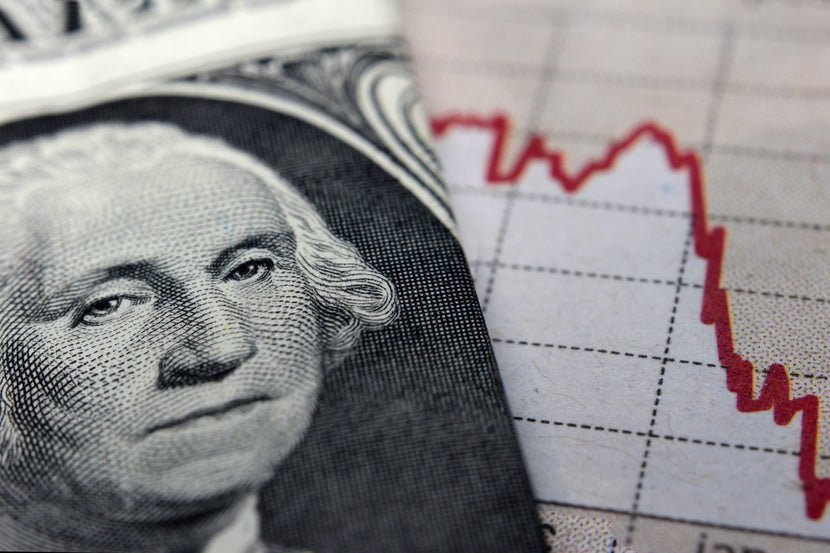China and Saudi Arabia have recently reached a currency swap deal worth approximately $7 billion, marking another step in the global trend of de-dollarization. This agreement allows both countries to conduct trade and settle payments in their respective currencies, bypassing the need for the US dollar.
The three-year deal permits a maximum exchange of 50 billion yuan or 26 billion riyals, according to Business Insider. Although the size of the deal may seem modest, its significance lies in the symbolic message it sends. Saudi Arabia, as the world’s leading oil exporter, traditionally conducts most of its oil trades in US dollars. By entering into a currency swap agreement with China, a major global player, Saudi Arabia is signaling a shift away from the dollar-dominated system.
China has actively promoted the internationalization of the yuan in recent years as part of its efforts to challenge the dominance of the US dollar. This move aligns with its broader strategy of reducing reliance on the dollar in international trade and finance. Last month, RBC reported that 25% of Russia’s trade with countries other than China was settled in the renminbi.
In addition to the currency swap with Saudi Arabia, China has entered into similar agreements with other countries, including Argentina. The Chinese central bank currently has 29 active swap agreements, totaling over 4 trillion yuan. These agreements facilitate trade and investment between China and its trading partners, while also decreasing dependence on the US dollar.
China is also encouraging foreign investors to access its markets through the issuance of panda bonds. These yuan-denominated bonds provide an opportunity for foreign entities to invest in China’s domestic market. Chinese banks have signed panda bond agreements with countries such as Peru and Malaysia, further promoting the use of the yuan in international transactions.
The currency swap deal between China and Saudi Arabia reflects the ongoing efforts to reduce reliance on the US dollar in global trade. As more countries seek alternatives to the dollar, the international monetary system may undergo significant changes. While it is unlikely that the US dollar will be replaced as the dominant reserve currency in the near future, these developments highlight the increasing diversification of currencies in the global financial system.
In conclusion, the currency swap deal between China and Saudi Arabia is another step in the global trend of de-dollarization. This agreement allows both countries to conduct trade and settle payments in their respective currencies, signaling a shift away from the US dollar. As China continues to promote the internationalization of the yuan, it is likely that more countries will seek alternatives to the dollar, leading to a more diversified global monetary system.





